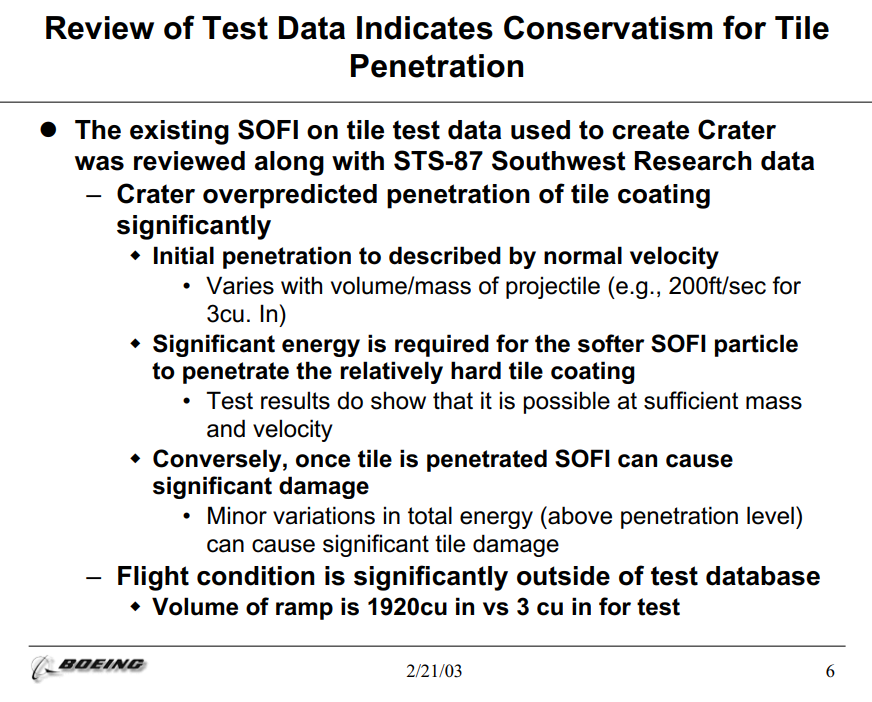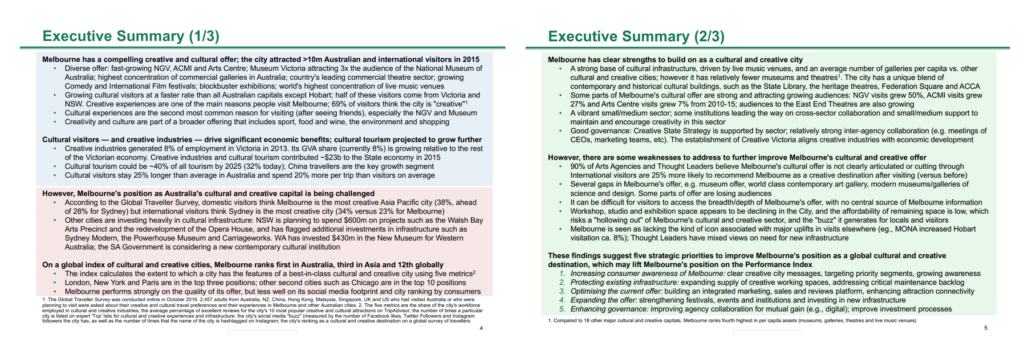What is the SCQA Framework?
The SCQA Framework helps you structure information in a way that is easy for the reader to understand. It’s especially helpful for transforming complex business information into a simple and understandable format.
The SCQA Framework was popularized by Barabara Minto in her seminal book, The Pyramid Principle.
According to Minto, you have to earn your reader’s attention. You need to build their interest in the subject by telling them a story about it. And every story has a beginning, middle, and end.
The SCQA Framework follows this narrative structure:
- Situation: What context or baseline knowledge do people need to have before they understand the complication? How did this problem come about?
- Complication: What has changed and why do we need to act now? Why is this problem important to solve?
- Question: Explicitly state what we are trying to solve
- Answer: What is the solution to the problem? What are the specific recommendations and/or next steps?
In many practical cases (e.g. writing an Executive Summary for your slide deck), you may not need to explicitly state the question you are answering. Therefore, you can combine the Question and Answer into one single Resolution, and your structure will be Situation, Complication, Resolution.
A practical example of the SCQA Framework
The SCQA Framework is a useful framework for communicate complex information in a simple way. So let’s look at a real-world example that doesn’t use an SCQA structure and then re-write it using SCQA.
What happens if you don’t follow the SCQA Framework?
This is a famous slide prepared by NASA engineers. When a piece of spray-on foam insulation broke off the shuttle Columbia, NASA management wanted to understand whether it was likely to have caused damage that could threaten its safe return.
This is the slide the engineers presented:

If you’re anything like me, then you probably have no idea what this information is saying.
Most importantly, it’s really difficult to understand the implication or ‘so what’ of the information. Is this saying that there was or wasn’t significant damage that would threaten the space shuttle’s safe return?
Let’s re-write that using the SCQA Framework
Now I’m going to take the same information and re-write it using the SCQA Framework to make it easier to understand:
The Crater mathematical model data and Southwest Research data show that:
- Significant energy is required for the softer spray-on foam insulation (SOFI) to penetrate the relatively hard tile coating, but it can do so if the particle has sufficient mass and velocity
- SOFI can cause grave damage to tiles once they are penetrated, with even minor variations in total energy — above penetration levels — severely damaging tiles
The debris that struck the Columbia was 640 times larger than anything in the test database (1920 cubic inches versus 3 cubic inches).
Therefore, the Columbia may have sustained significant tile damage.
When structured using the SCQA Framework, the information is much easier to understand.
When should you use the SCQA Framework?
The SCQA Framework can be used in any situation where you need to communicate complex information.
One of the most common situations is in the Executive Summary of a slide deck. The Executive Summary is the first slide that your reader will see and it needs to summarize the ideas that you present in the body of your slide deck.
Side note: to learn more about structuring your slide deck, check out our article on mastering the Pyramid Principle to structure your slide deck.
Top consulting firms use the SCQA Framework to write Executive Summaries in their consulting slide decks. For example, here’s an example from the Boston Consulting Group:

In the BCG example above, I’ve highlighted the situation in blue, the complication in red, and the resolution (question and answer) in green.
You can see this quite clearly by reading the bolded sentences only:
Situation
- Melbourne has a compelling creative and cultural offer; the city attracted >10m Australian and international visitors in 2015.
- Cultural visitors and creative industries drive significant economic benefits; cultural tourism projected to grow further.
Complication
- However, Melbourne’s position as Australia’s cultural and creative capital is being challenged.
- On a global index of cultural and creative cities, Melbourne ranks first in Australia, third in Asia and 12th globally.
Resolution (Question & Answer)
- Melbourne has clear strengths to build on as a cultural and creative city.
- However, there are some weaknesses to address to further improve Melbourne’s cultural and creative offer.
- These findings suggest five strategic priorities to improve Melbourne’s position as a global cultural and creative destination, which may lift Melbourne’s position on the Performance Index.
If you’d like to learn more about how to apply the SCQA Framework / SCR structure to your Executive Summaries, check out our article on the 3 Principles To Write A Killer Executive Summary.
